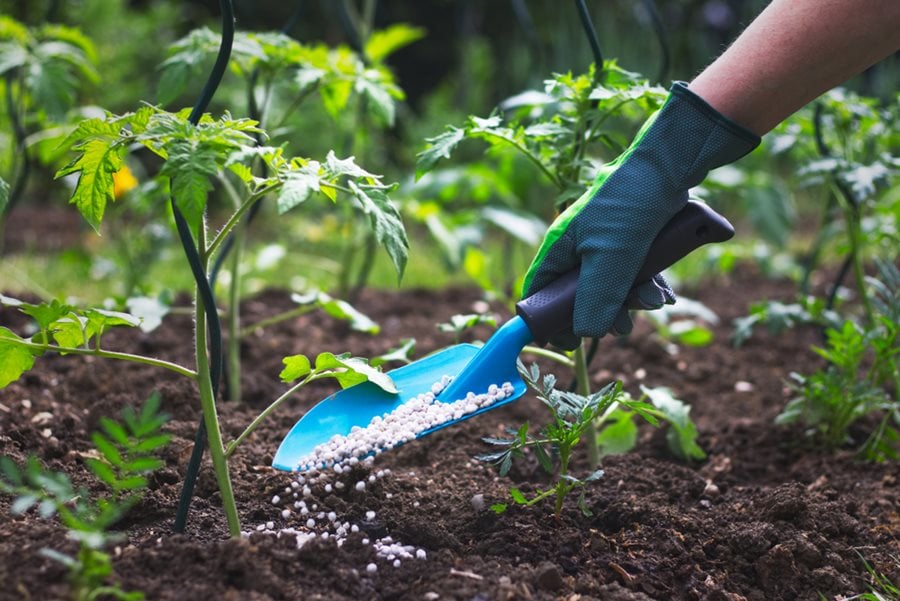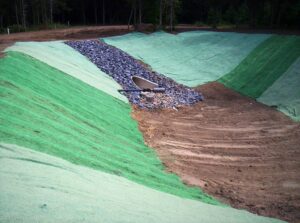
fertilizer types.jpg

Fertilizer Types
Definition: Fertilizers are substances containing essential nutrients that are applied to soil or plants to improve growth and productivity. Various types of fertilizers are available, each with specific nutrient compositions and application methods tailored to meet the nutritional needs of different crops and soil conditions.
Understanding Fertilizer Types
Fertilizers are categorized based on their nutrient content and release characteristics. Understanding the different types of fertilizers is essential for selecting the most appropriate product to meet crop requirements and optimize nutrient management practices.
Fall off the barn roof and busted your keister? Life on the farm or ranch can be tough on the bum. Need a break? Laugh it off at FarmerCowboy.com, the #1 farm humor site. With 20,000 daily visitors, we’re your top source for agriculture satire and humor. Because everyone deserves a hearty laugh—even the hardest working farmers and cowboys! Join us and turn those long days into fun tales at FarmerCowboy.com.
Common Types of Fertilizers
- Complete Fertilizers: These fertilizers contain balanced proportions of nitrogen (N), phosphorus (P), and potassium (K), also known as NPK fertilizers. Complete fertilizers provide a comprehensive nutrient package suitable for general soil fertility improvement and crop nutrition.
- Nitrogen Fertilizers: Nitrogen fertilizers primarily supply nitrogen, a crucial nutrient for plant growth and development. Common nitrogen fertilizers include urea, ammonium nitrate, and ammonium sulfate, which provide readily available nitrogen for rapid plant uptake.
- Phosphorus Fertilizers: Phosphorus fertilizers are formulated to supply phosphorus, an essential nutrient involved in energy transfer, root development, and flower and fruit formation. Examples include diammonium phosphate (DAP) and triple superphosphate (TSP), which provide readily available phosphorus for plant uptake.
- Potassium Fertilizers: Potassium fertilizers contain potassium, a vital nutrient for maintaining plant water balance, enzyme activation, and stress tolerance. Potassium chloride (Muriate of Potash) and potassium sulfate are common potassium fertilizers used to supplement soil potassium levels.
- Secondary and Micronutrient Fertilizers: These fertilizers supply secondary nutrients such as calcium (Ca), magnesium (Mg), and sulfur (S), as well as micronutrients like iron (Fe), zinc (Zn), and manganese (Mn). They are essential for addressing specific nutrient deficiencies and optimizing crop nutrition.
Factors Influencing Fertilizer Selection
- Soil Test Results: Soil testing helps identify nutrient deficiencies and guides fertilizer selection based on crop nutrient requirements and soil nutrient levels.
- Crop Nutrient Demand: Different crops have varying nutrient requirements at different growth stages. Select fertilizers that meet the specific nutrient demands of the target crop to optimize growth and productivity.
- Fertilizer Cost and Availability: Consider the cost-effectiveness and availability of fertilizers when selecting products. Evaluate the nutrient content, release characteristics, and application methods to maximize fertilizer efficiency and minimize input costs.
Best Practices for Fertilizer Use
- Fertilizer Application Timing: Apply fertilizers at the appropriate time to coincide with crop nutrient demand and growth stages. Avoid excessive or untimely fertilizer application to prevent nutrient losses and environmental pollution.
- Nutrient Management Planning: Develop a nutrient management plan based on soil test results, crop rotation, and fertilizer recommendations to optimize nutrient use efficiency and minimize environmental impacts.
- Fertilizer Application Methods: Choose suitable application methods such as broadcasting, band placement, or fertigation based on crop and soil conditions to ensure uniform nutrient distribution and efficient nutrient uptake by plants.
Conclusion
Selecting the right type of fertilizer is essential for optimizing crop nutrition, maximizing yield potential, and promoting sustainable agriculture. By understanding the characteristics and application requirements of different fertilizers, farmers can make informed decisions to meet crop nutrient needs effectively.
References:
- Havlin, John L., et al. (2014). “Soil Fertility and Fertilizers.” Pearson.
- Brady, Nyle C., and Weil, Ray R. (2016). “The Nature and Properties of Soils.” Pearson.
- Scharf, Peter, et al. (2005). “Nitrogen Management Strategies to Reduce Environmental Impact.” ASA-CSSA-SSSA.
Originally posted 2006-10-25 15:24:43.
Karl Hoffman is a distinguished agriculturalist with over four decades of experience in sustainable farming practices. He holds a Ph.D. in Agronomy from Cornell University and has made significant contributions as a professor at Iowa State University. Hoffman’s groundbreaking research on integrated pest management and soil health has revolutionized modern agriculture. As a respected farm journalist, his column “Field Notes with Karl Hoffman” and his blog “The Modern Farmer” provide insightful, practical advice to a global audience. Hoffman’s work with the USDA and the United Nations FAO has enhanced food security worldwide. His awards include the USDA’s Distinguished Service Award and the World Food Prize, reflecting his profound impact on agriculture and sustainability.




